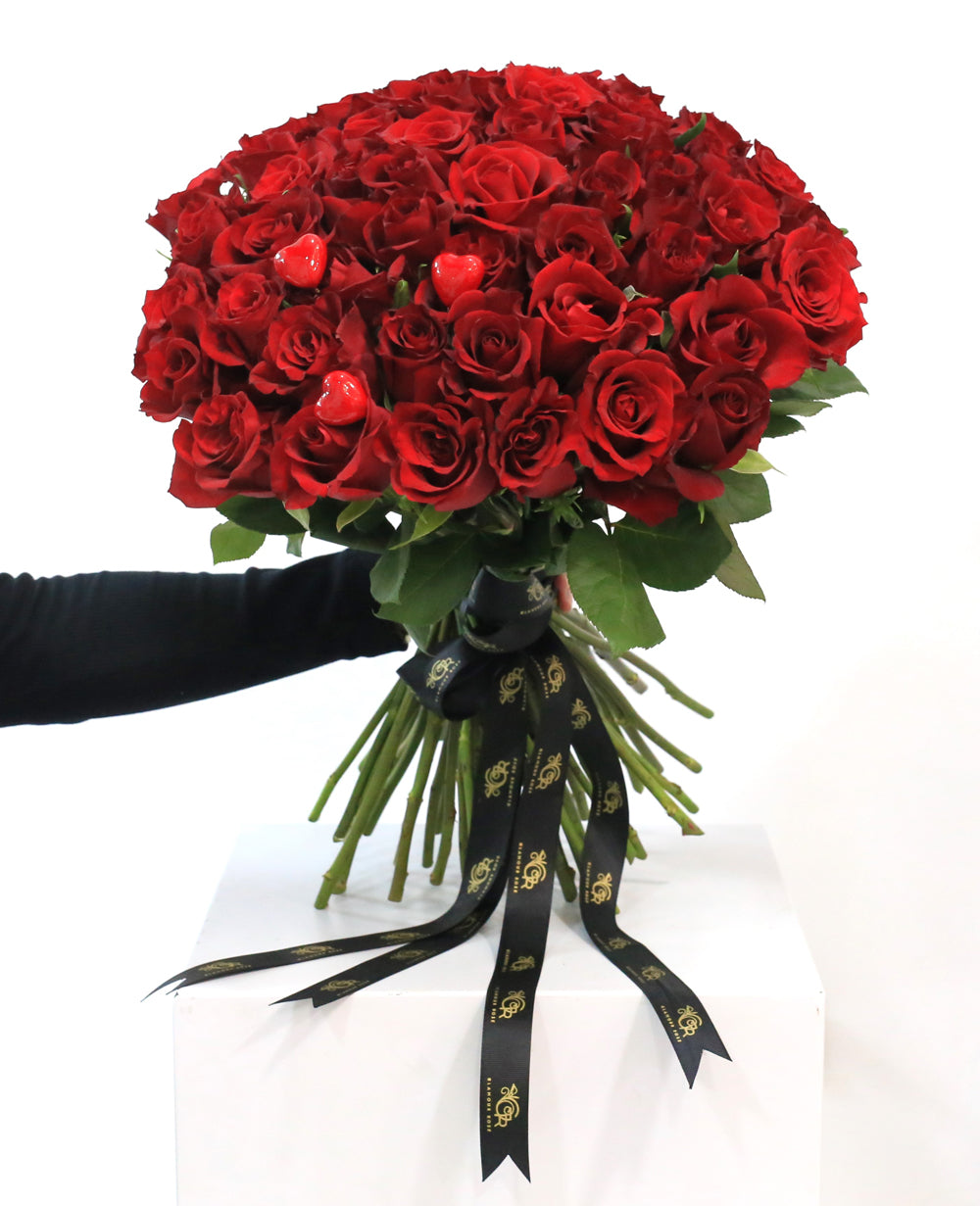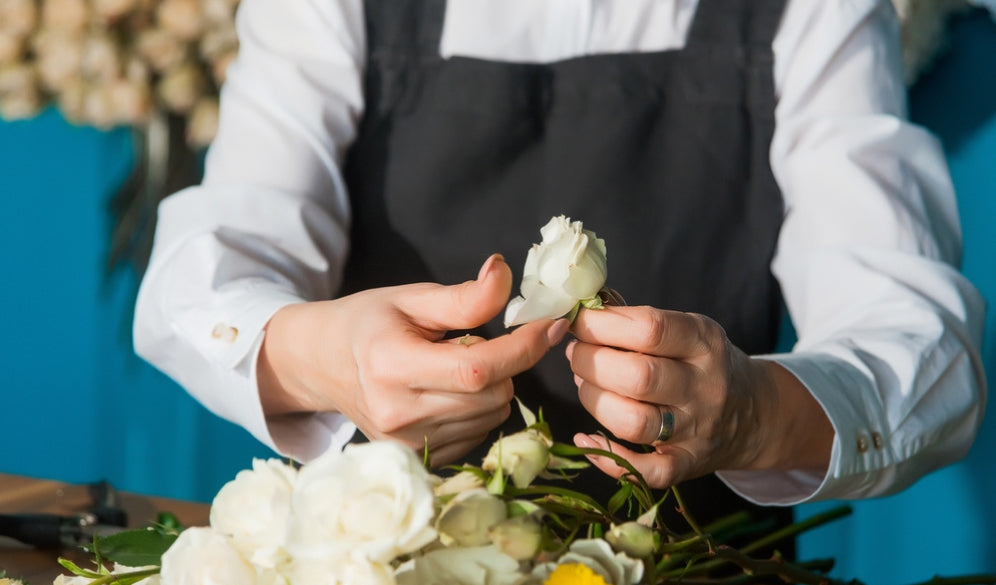Arranging flowers is not the only delicate skill involved in creating a beautiful bouquet. To make every bouquet a work of art, florists, and aficionados use a variety of equipment and techniques behind the scenes. This post will reveal the trade secrets and provide insight into the instruments and methods that turn flower arranging into a work of art.
Essential Tools for Arranging a Flower Bouquet:
- Flower clippers or shears: Accurately cutting stems is the cornerstone of each flower arrangement. Shears or floral clippers are essential instruments for this work. They make clean cuts possible, allowing flowers to absorb water efficiently and maintain their freshness for an extended period.
- Floral Foam: Frequently used as a base for bouquets, floral foam provides the flowers with moisture and stability. Florists may create a broad range of arrangements with it since it comes in several sizes and forms. The foam is soaked in water to make sure the flowers remain hydrated throughout the arrangement.
- Wire and Floral Tape: These materials come in very handy for more complex setups. Using these tools, you may secure individual stems and keep the bouquet in the proper form while also creating an organized framework. Especially helpful for hiding wiring and giving a finished appearance is floral tape.
- Pruning Knife: A florist's pruning knife is an essential instrument that helps them precisely trim and shape flowers. It is very helpful for trimming thorns and extra foliage, or for creating detailed cuts that improve the bouquet's overall appearance.
- Water Tubes: Water tubes are often used to individually hydrate stems to preserve the bouquet's life. These tiny, water-filled tubes are fastened to the stems and provide the flowers with a constant supply of water even after they have been arranged.
Tips for the Trade:
- Water is Key: Maintaining the bouquet's life requires enough water. Flowers should be submerged in water before arranging so they may completely absorb moisture. Additionally, air cannot enter and obstruct water absorption when stems are chopped at an angle while flowing water.
- Layering method: Florists often use the layering method to provide depth and visual intrigue. This entails arranging the flowers at various heights and angles so that each bloom may express its beauty and add to the arrangement's overall harmony.
- Color Harmony: Creating visually pleasing bouquets requires a thorough grasp of color theory. Florists use great effort to choose flowers that go well together, experimenting with color and tone to create a palette that is harmonic and well-balanced.
- Integration of greenery: Adding greenery to a bouquet improves the overall appearance while also adding texture. Diverse foliage may provide a composition that is well-balanced and rounded while highlighting the beauty of the flowers.
In summary:
A beautiful flower arrangement requires a combination of talent, imagination, and the appropriate supplies. Every part contributes significantly to turning a bouquet into a piece of art, from the careful trimming with floral clippers to the creative use of wire and tape. By using these tips and techniques, aspiring florists and flower aficionados may improve their work and discover the keys to creating breathtaking bouquets that awe and inspire. Anyone may learn the skill of flower arranging and incorporate the beauty of nature into their homes or special occasions with the correct information and a little imagination.


